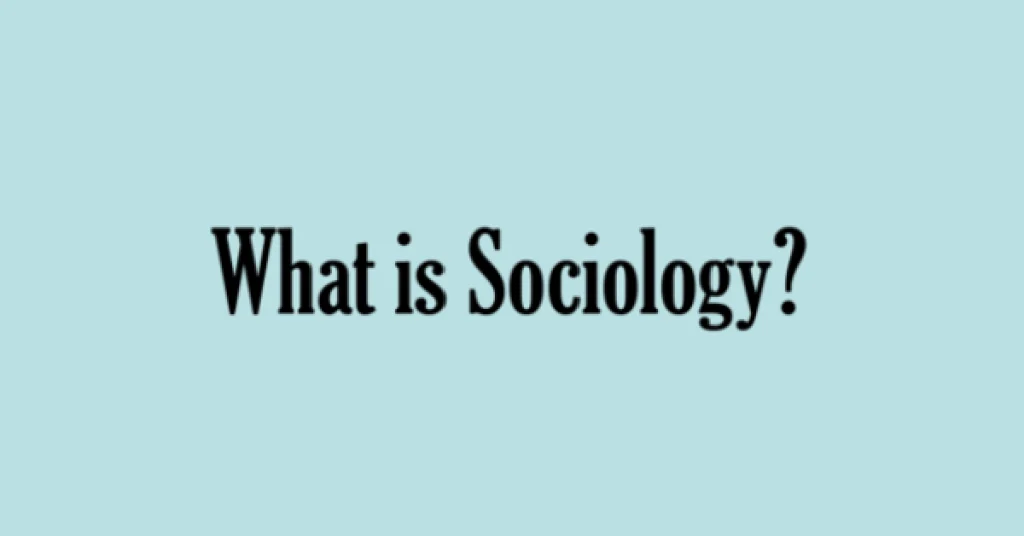
Addiction is often portrayed as individual failure, a matter of poor choices or weak willpower. But Shawn Lemison’s memoir, The Streets to the Shelter: One Man’s Journey from Addiction to Redemption, reveals a different truth—one where family structures, cultural expectations, and economic pressures intersect to shape a life. Viewed through a sociological lens, Shawn’s journey is less a solitary battle and more a case study in how society molds opportunity, identity, and recovery.
At the foundation of Shawn’s story is a fractured family. As a child, he idolized his father, a California Highway Patrol officer whose uniform symbolized safety and belonging. But divorce and his father’s remarriage disrupted that foundation. Sociologically, this reflects the destabilizing effects of family fragmentation.
Research consistently shows that children of divorce are more vulnerable to identity struggles and risk-taking behaviors, often because the stability of family life is disrupted at a formative stage. When Shawn’s mother told him at the age of seven that he was now “the man of the house,” the weight of gendered expectations immediately shifted the balance of his childhood. Instead of being free to play, explore, and grow at his own pace, Shawn was prematurely cast into a role that demanded maturity, strength, and responsibility far beyond his emotional capacity. This early mismatch between societal roles and developmental readiness planted seeds of insecurity that shaped his self-concept for years to come.
As Shawn entered adolescence, these vulnerabilities collided with the realities of social class. His struggles with academics, compounded by limited access to educational resources, made standardized tests like the SAT especially daunting. When his scores came back lower than those of his peers, the lack of financial support and mentoring further constrained his opportunities. These challenges highlight what sociologists call the “reproduction of inequality,” where structural barriers limit mobility across generations. For Shawn, the intersection of family disruption and economic hardship created a cycle of disadvantage that was difficult to escape.
Pierre Bourdieu’s concept of cultural capital is useful here: without financial or institutional resources, Shawn’s path to upward mobility was slim. His sense of “never being enough” was not only psychological but also systemic—success was defined by standards he lacked the means to meet.
Shawn’s turn to drugs cannot be understood apart from the environments he entered. His first cocaine high, his move into dealing, and his immersion in drug networks demonstrate the power of subcultures.
Subcultural theory argues that when mainstream society marginalizes people, they often turn to alternative groups for belonging and identity. For Shawn, the drug culture offered what family, school, and sports could not: recognition and status. Within these circles, dealing drugs was not deviant but honorable. Supplying cocaine to fraternity houses or meth to addicts gave him prestige in a world where mainstream values were inverted.
Shawn’s marriage adds another sociological dimension. He and his wife once dreamed of starting a family through IVF, but financial strain and the lure of drug money turned that hope destructive.
Here, economic inequality emerges as a force shaping intimate life. Studies show financial stress is a major predictor of marital conflict. With legitimate avenues for economic advancement blocked, Shawn and his wife turned to illicit means. Their descent into meth use and eventual divorce underscores how unmet economic expectations corrode relationships.
One of the starkest contrasts in the memoir is between Shawn and his father. His father represented law, order, and state authority; Shawn became an addict and dealer surveilled by police.
This dynamic recalls Michel Foucault’s theory of social control. The father embodied institutional power, while Shawn became the subject of it. But Shawn’s trajectory also raises a deeper question: how much was shaped by the system his father served? When society criminalizes rather than rehabilitates, deviant identities harden. Shawn’s defiance became not just personal rebellion but symbolic resistance against structures that had marginalized him from childhood.
Shawn’s dependence on cocaine and meth cannot be reduced to personal weakness. It reflects broader social conditions: fractured family bonds, blocked mobility, peer subcultures, and systemic inequality. Sociologists note that drug use flourishes where opportunity is scarce and identity is fragile. Shawn’s life trajectory exemplifies this pattern, reminding us to move beyond blaming individuals and instead examine the structures that make addiction pervasive.
If addiction is socially shaped, redemption must be as well. Shawn’s recovery was not simply willpower but reintegration—rebuilding connections with his father, his community, and himself.
Sociologically, redemption means moving from stigmatized identities (“addict,” “dealer”) toward rehabilitated ones (“survivor,” “advocate”). The book’s appendices—letters, reflections, resources—underscore this shift, showing that healing happens not in isolation but through networks of support and shared meaning.
The Streets to the Shelter is more than memoir; it is a social document. It demonstrates how family breakdown, inequality, economic pressures, subcultural influence, and systems of social control converge to shape individual lives. By viewing Shawn’s journey sociologically, readers see addiction not as moral failing but as a predictable response to social forces. His redemption, too, is not purely personal but societal: a reminder that when communities provide shelter—both literal and metaphorical—they create the conditions for transformation.
© Copyright 2025 Shawn Lemison All Rights Reserved